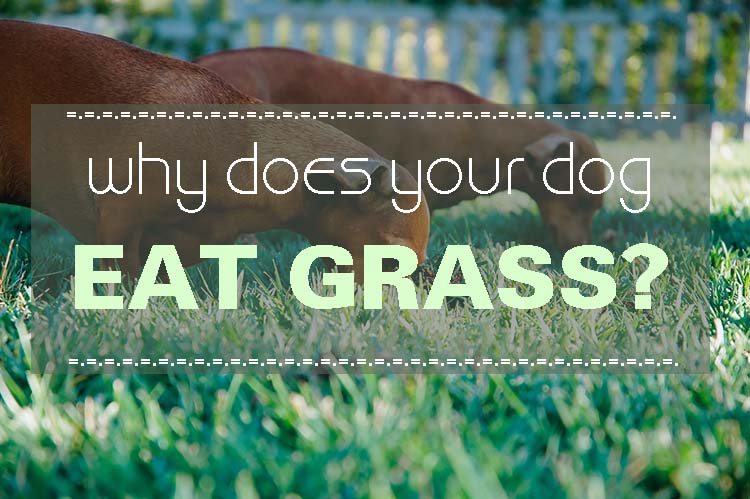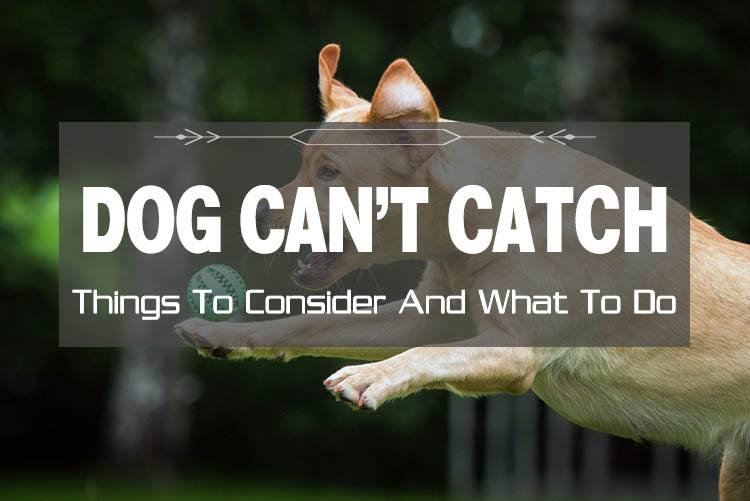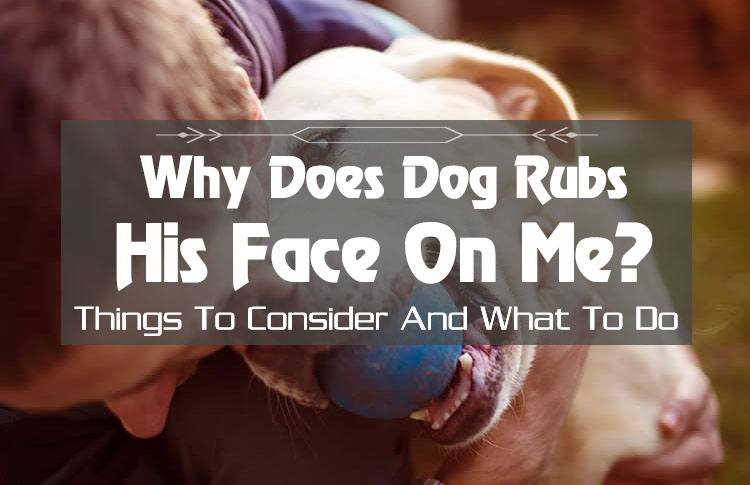Have you ever wondered why do dogs bury their bones in the backyard—or tuck a treat under your bedspread? This curious behavior is more than just quirky; it’s an instinct passed down from their wild ancestors. In the wild, dogs buried food to save it for lean times, protecting it from spoilage and scavengers.
Today, domestic dogs may not face the same survival challenges, but the instinct to bury bones and other items remains. In this article, we’ll explore the fascinating reasons behind this behavior, how it varies by breed and situation, and what pet parents can do to manage it in modern homes.
Key Takeaways
- Dogs bury bones due to ancestral instincts for food storage, providing a survival tactic that dates back to their wild ancestors.
- Burying is also a way for dogs to safeguard valuable items, driven by resource guarding instincts and breed-specific tendencies.
- Boredom, anxiety, and simply having fun can prompt dogs to dig and bury, so providing mental stimulation and proper training can help manage these behaviors.
Ancestral Instincts
The behavior of burying bones is deeply rooted in the survival tactics of wild dogs. Imagine a time when food wasn’t always readily available, and every meal was uncertain. For wild dogs, burying food was a way to ensure they had a backup plan during leaner times. Wild dogs often buried meat and other food sources to save them for later, protecting these valuable resources from spoilage and other animals. Storing food for later ensured their survival during tough times.
Despite the distance from their wild ancestors, domestic dogs retain this natural instinct. Burying a bone mimics their ancestors, who hid food from other hunters and scavengers, much like the behavior observed in the gray wolf. This urge to secure future food offers a fascinating glimpse into your dog’s ancestry and instincts. Burying food away from direct sunlight helped keep it fresh and safe to eat, preventing spoilage and ensuring it could be safely eaten when needed.
Dogs also have a foraging instinct, leading them to bury bones and toys like their wild predecessors. This instinct to bury is a natural behavior dogs still exhibit to prepare for future hunger or scarcity. These are classic examples of canine behaviors rooted in saving resources for future consumption.
Safekeeping Valuables
Dogs don’t just bury bones; they also have a natural instinct to bury other objects they deem valuable. This behavior is a form of resource guarding, where dogs hide things to protect them from potential theft or loss. Whether it’s a favorite toy, a treat, or even a piece of clothing, dogs will often find a safe spot to stash these items away.
The purpose of hiding items is to safeguard valuable resources from being taken by others. For instance, dogs may hide treats in beds or under blankets to keep them out of sight, ensuring future access to hidden resources.
Understanding this behavior helps you appreciate your dog’s tendency to save and protect prized possessions, not only from humans but also from other animals.
Breed-Specific Tendencies
Some breeds have a stronger tendency to dig and bury due to their breeding history. A dog’s breed can significantly influence how likely it is to dig and bury items. Terriers, for instance, were originally bred to hunt small game, and their digging skills are a reflection of this. A dog’s breed particularly known for their digging and burying tendencies includes:
- Dachshunds
- Beagles
- Basset Hounds
- Miniature Schnauzers
Beagles, Cairn Terriers, Jack Russell Terriers, and other breeds exhibit digging behaviors due to their breeding and instincts:
- Beagles have a strong sense of smell and were bred for tracking, which contributes to their digging and burying tendencies.
- Cairn Terriers maintain digging instincts related to hunting small game.
- Jack Russell Terriers and other breeds were bred specifically to dig out critters, showcasing their inherited behaviors.
Even Siberian Huskies, known for their energetic and playful nature, often dig to find a cooler spot or to bury items. You can better control your dog’s digging and burying habits if you are aware of the breed-specific tendencies.
Boredom-Induced Digging
Lack of mental stimulation can lead dogs to dig and bury items for entertainment, keeping them occupied and fulfilling natural instincts. If your dog likes to dig, providing alternative activities can help redirect this behavior.
Certain breeds, like Border Collies, are particularly prone to this behavior due to their high energy levels and need for mental stimulation. Ensuring your dog has enough activities and mental engagement can reduce boredom-induced digging and burying.
Anxiety and Stress Relief
Digging and burying can also serve as a coping mechanism for dogs dealing with anxiety or stress. When faced with environmental stressors or changes in their surroundings, some dogs may dig and bury items to find a sense of security and comfort. This behavior can be driven by a dog’s urge to hide and protect resources when feeling anxious. This behavior can be a response to competitive situations or feelings of insecurity.
Burying items can offer dogs a sense of protection against theft and help them cope with past traumas or competition for resources, including burying things.
Fun and Play
For many dogs, digging and burying are simply fun activities that they enjoy. Dogs dig not only for survival but also for enjoyment and play. Such behaviors offer physical exercise, exploration of interesting smells, and new textures, enhancing their overall happiness. Engaging in these activities serves as an outlet for their energy and curiosity. Dog digs and a dog’s digging are common sights in many backyards.
You can manage your dog’s burying behavior by:
- Turning burying into a fun game by encouraging your dog to bury approved toys, which they can then retrieve later.
- Using interactive toys to keep dogs busy and mentally engaged, reducing the urge to dig and bury.
- Providing regular walks, playtime, and positive training to mitigate a dog’s tendency to bury objects out of boredom.
Burying Items and Toys
Burying items and toys is a common behavior seen in many dogs, and understanding this canine behavior can help pet parents manage it more effectively. While wild dogs would bury food to save it for leaner times, domestic dogs have inherited this natural instinct to bury not just bones, but also toys, treats, and other objects they deem valuable.
It’s not unusual for domestic dogs to bury their bones, favorite toys, or even household items like the TV remote in various places around the home or yard. Some dogs will dig holes in the backyard, while others might hide things under couch cushions or in an indoor digging pit. This burying behavior is a normal part of a dog’s natural instinct to hide and save items for later, even if they don’t actually need to store food for survival anymore.
Certain breeds, such as Basset Hounds, have a heightened desire to dig and bury items due to their ancestry. Originally bred for hunting, these dogs are especially prone to digging pits and hiding their treasures. For many dogs, the urge to bury items is simply part of their play and exploration, but it can become a challenge for pet parents if it leads to lost items or damage around the house.
Dogs remember where they bury their bones and toys thanks to their sensitive noses and strong memory. They can often sniff out hidden items long after they’ve been buried, whether it’s in the yard, under a pile of blankets, or in a designated digging pit. This ability to locate buried items is another fascinating aspect of canine behavior that ties back to their wild ancestors.
To help manage burying behavior, pet parents should focus on providing plenty of mental stimulation and opportunities for play. Dogs that are bored or lack stimulation may be more likely to dig and bury items as a way to entertain themselves. Interactive toys, puzzle games, and regular play sessions can help redirect your dog’s energy and satisfy their natural instincts in a positive way.
Rotating your dog’s favorite toys and limiting access to too many items at once can also reduce the urge to bury and hide things. By keeping toys fresh and interesting, you can help prevent your dog from feeling the need to save or hide them. Additionally, setting up a designated area—like an indoor digging pit or a sandbox in the yard—gives your dog a safe and acceptable place to dig and bury their treasures without causing damage to your home or garden.
Ultimately, burying items and toys is a normal and natural behavior for many dogs. By understanding the reasons behind this instinct and providing the right outlets for your dog’s energy and curiosity, pet parents can manage burying behavior and help their dogs enjoy playtime in a constructive and enjoyable way.
Managing Burying Behavior
Although natural, burying can be managed with mental stimulation, designated digging areas, and training techniques that discourage digging in unwanted areas. Providing appropriate outlets, like supervised digging pits, can redirect digging behavior and prevent damage to your home or yard.
Let’s dive into these strategies in more detail.
Provide Mental Stimulation
Games or puzzle toys keep dogs mentally stimulated, reducing the need to bury items. Mental stimulation is vital for their well-being, keeping them engaged and satisfied.
Engaging your dog in mentally focused activities can reduce burying behavior while strengthening your bond and enhancing your understanding of their instincts. Avoid overstimulation or too many distractions, which can hinder progress.
Create a Designated Digging Area
Designating a specific area for digging can satisfy their natural instincts appropriately. Set up an indoor digging pit or a dirt box in your yard. Redirecting your dog there can prevent property damage and make the behavior manageable.
Training and Redirection Techniques
Positive reinforcement is recommended for managing digging behavior. Effective strategies include:
- Teaching your dog to stop digging in unwanted spots using basic cues and rewards.
- Redirecting your dog to a designated digging area to reinforce positive behavior.
- Helping manage your dog’s natural instincts through these methods.
Should Dogs Have Bones?
Whether dogs should have bones is a common question. Although they bury bones naturally, giving them bones can lead to health complications. Cooked bones, especially, are prone to splintering and causing choking hazards. Dogs may try to eat bones they find or bury, which can be dangerous if the bones are not safe.
Raw bones are a safer option as they contain essential nutrients and are less likely to splinter. However, synthetic chew toys and dental chews are often recommended as they are designed to be robust and safe, providing a better alternative to bones.
Do Dogs Remember Where They Bury Their Bones?
Yes, dogs do remember where they bury their bones and other items, primarily using their keen sense of smell. With over 100 million sensory receptors, dogs have an exceptional sense of smell that helps them locate buried items.
However, while dogs typically remember the locations where dogs bury their items, their need to retrieve them may not always be present. Sometimes, the act of burying itself satisfies their instinct, and they may not feel the urge to dig the items up right away.
Why Does My Dog Hide Treats in My Bed?
Dogs might hide treats in their owner’s bed because it is familiar and safe. Beds are soft and suitable for hiding items, making them ideal for stashing treasures. Pups often enjoy this behavior as well.
Overfeeding can also lead dogs to hide treats they cannot consume immediately, prompting them to find a secure location. The comfort of the bed combined with the instinct to conceal food leads dogs to hide treats there.
Summary
Dogs bury bones and other items as a natural behavior inherited from their wild ancestors. Whether it’s about saving food, safeguarding valuables, coping with stress, or simply having fun, this instinct remains strong—even in domesticated pups.
By understanding the reasons behind burying and offering the right outlets—like mental stimulation, breed-appropriate play, and designated digging areas—you can manage this behavior in a positive way. Not only will this reduce household disruption, but it will also help strengthen the bond between you and your furry friend.
Want more tips on understanding and caring for your dog’s instincts? Visit our website for expert advice, training guides, and canine wellness resources.
Frequently Asked Questions
Why do dogs bury their bones?
Dogs bury their bones as an instinctive survival tactic from their wild ancestors, helping to secure food for later when resources are scarce. This is part of a dog’s natural instincts, rooted in their evolutionary history. It’s pretty fascinating how this behavior has stuck with them!
Are certain breeds more prone to burying behavior?
Absolutely, breeds like terriers, Beagles, and Siberian Huskies are known for their digging and burying tendencies because of their breeding background. If you have one of these breeds, it’s a good idea to provide them with a designated digging spot!
Can digging and burying be a sign of stress in dogs?
Absolutely, digging and burying can indicate that your dog is feeling stressed or anxious. It’s their way of coping with those feelings.
Should I give my dog bones to chew on?
It’s best to avoid giving your dog cooked bones because they can be harmful. Instead, opt for raw bones or synthetic chew toys to keep your pup safe while satisfying their chewing instinct.
Do dogs remember where they bury their bones?
Absolutely! Dogs have an incredible our website that helps them remember exactly where they bury their bones.




